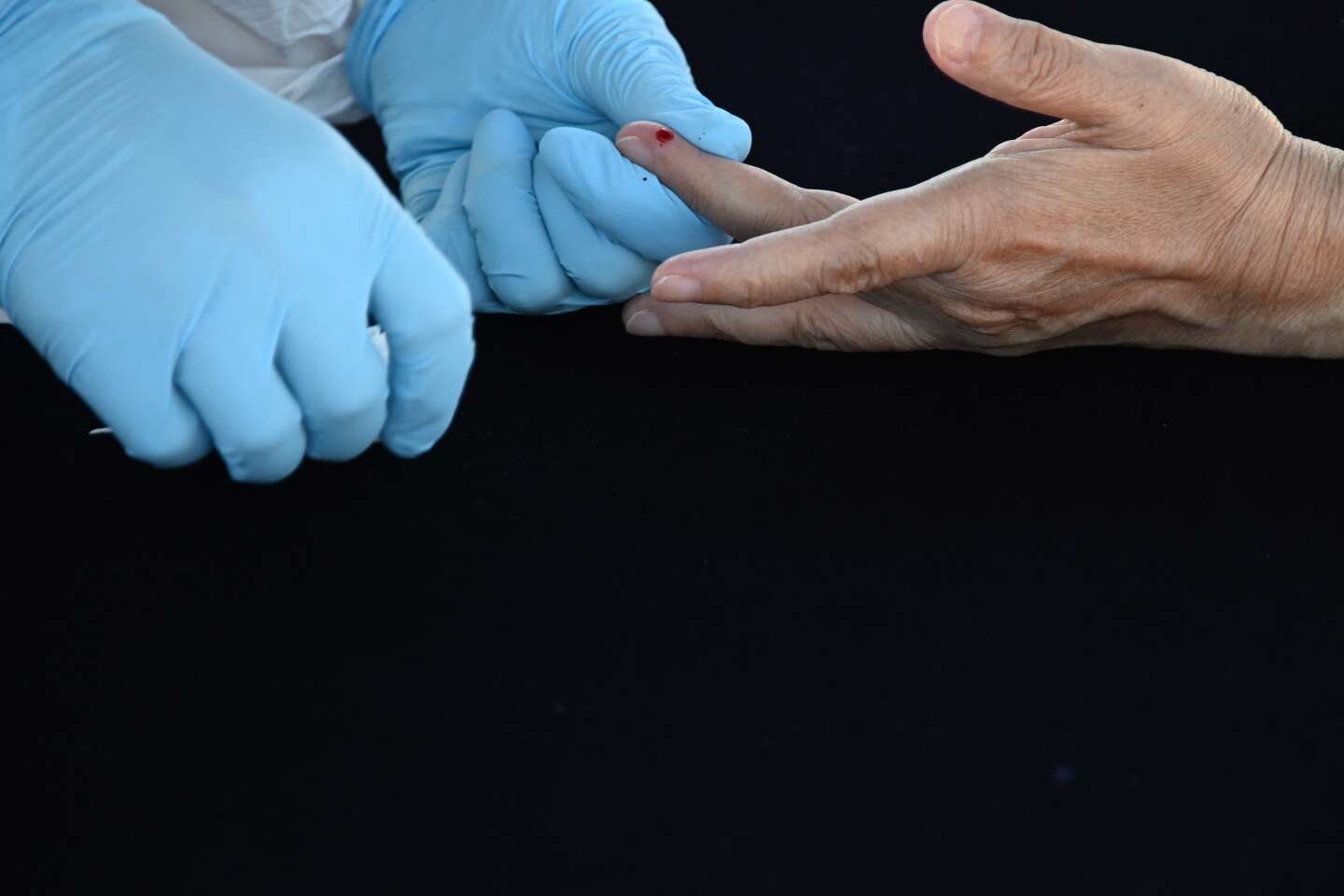


"It's no illusion, having PFAS in your blood isn't great." The woman speaking has just learned that "forever chemicals" are running through her veins. Anne, aged 43 (name changed at her request), has always lived in Rumilly, a town in Haute-Savoie, eastern France, that has become a "hot spot" for PFAS contamination.
In late summer 2022, high concentrations of one of these highly toxic compounds, PFOA, were detected by the regional health agency (ARS) in the city's water tables, leading the municipality to cut off the water supply to 12,000 residents. Banned since 2020 in particular because of its carcinogenic potential, PFOA is considered a "forever chemical" because it does not degrade in the environment. What levels of exposure to PFOA are the residents of Rumilly facing? And what are the health risks? The French public health board Santé Publique France, in charge of this research, does not plan to conduct a local study to measure levels of exposure.
Frustrated by the authorities' lack of initiative in answering these questions, a health professional decided to find out for himself. With the support of the association Agir Ensemble pour Rumilly et l'Albanais (AERA), blood tests were carried out on five female volunteers. The sample was too small to be representative, admitted the small association of around 30 members, but it is now calling for "a proper epidemiological study."
Five years without action
Anne's PFOA levels are 10.7 nanograms per milliliter (ng/ml), similar to those found in the serum of Fabienne (not her real name, changed at her request), aged 47, another Rumilly resident. These levels are seven times higher than the median concentration of PFOA detected in the general population in France (1.47 ng/ml), according to the 2019 Esteban study. They also exceed the health advisory level set for women of childbearing age (5 ng/ml) by the German Federal Environment Agency in 2020. While Anne is "surprised" and Fabienne "angry," both expressed their "concern" for both the health of their children and the general public. And rightly so.
"PFAS are multi-organ poisons," explained Philippe Grandjean, Professor Emeritus of Environmental Medicine at the University of Southern Denmark and the Harvard T.H. Chan School of Public Health (USA). "They accumulate in our bodies and cause toxicity at very low concentrations." Tony Fletcher, another world expert on PFAS, noted that it was difficult to "translate these figures into risk or probability of disease." But this environmental epidemiologist from the London School of Hygiene & Tropical Medicine (UK) believed that it was "preferable to avoid any exposure leading to such levels," which he considered "fairly close to what we would expect, given the concentrations in the water, which are of the order of 100 ng/l."
You have 55% of this article left to read. The rest is for subscribers only.
